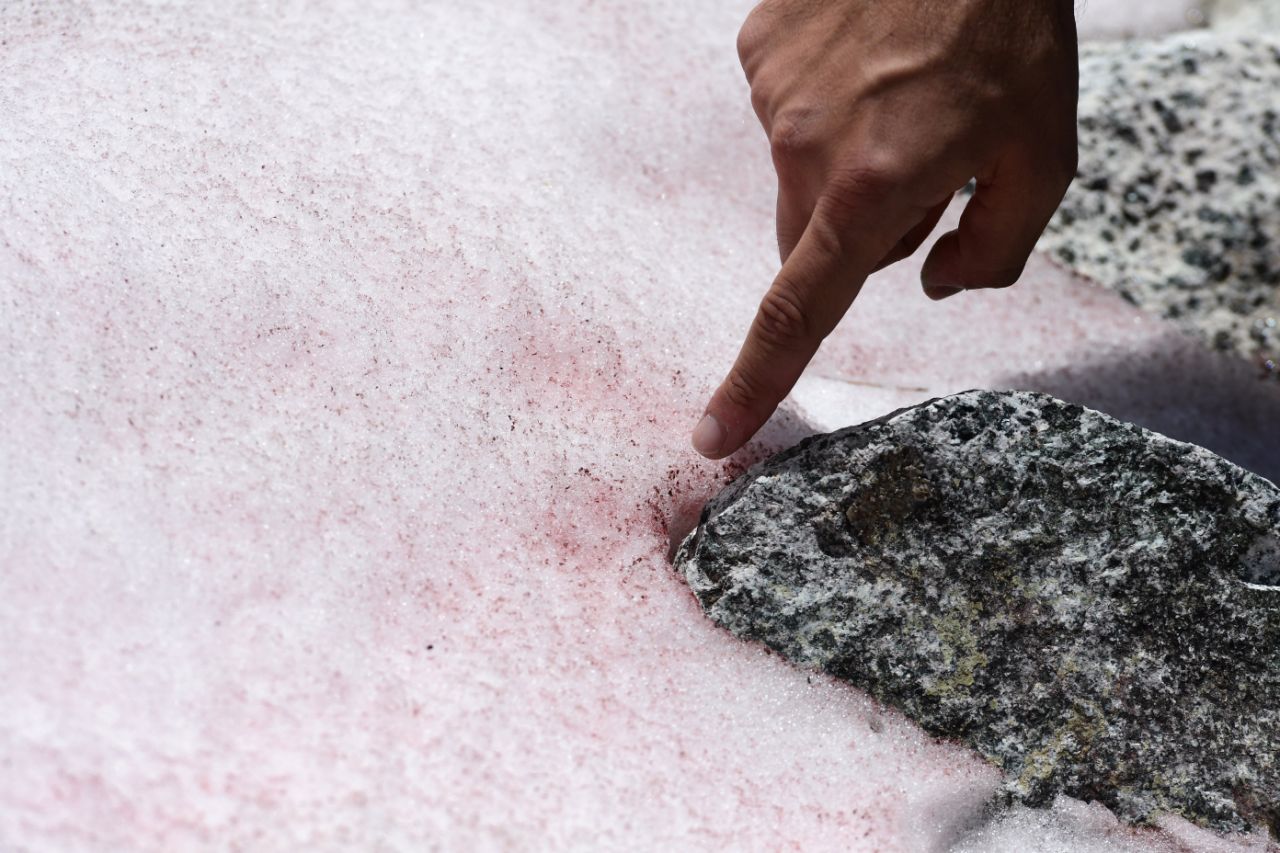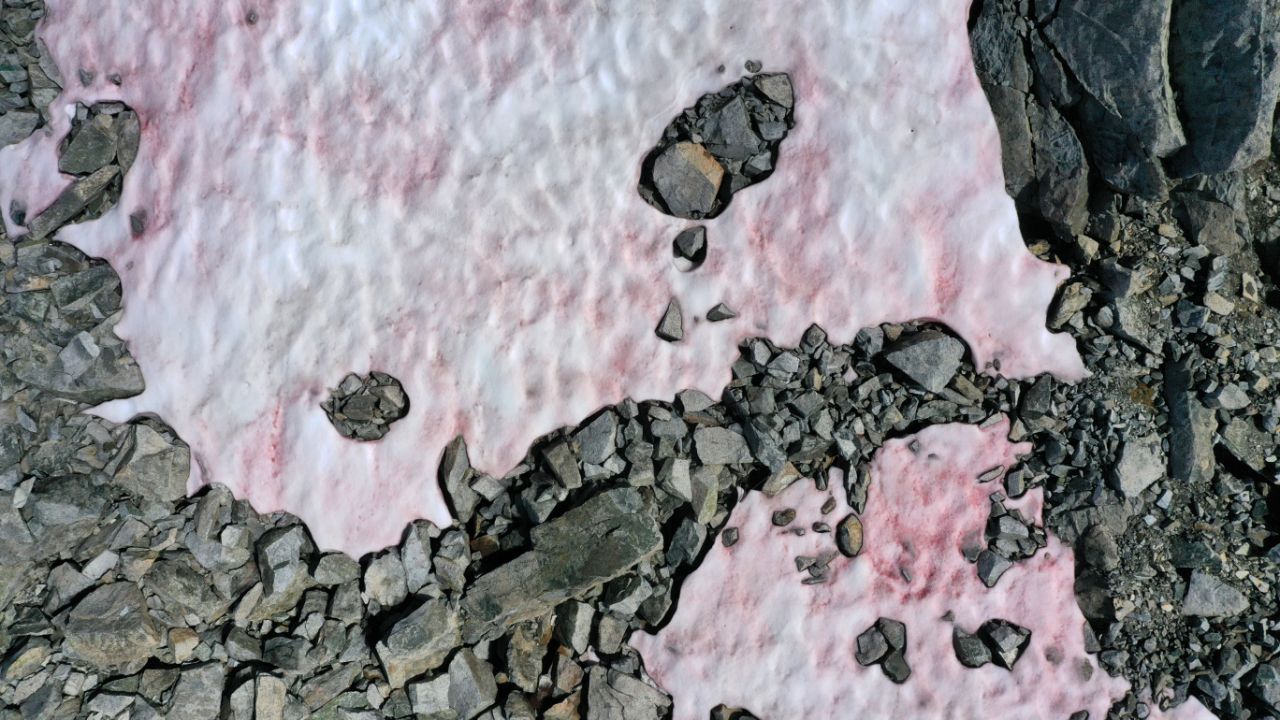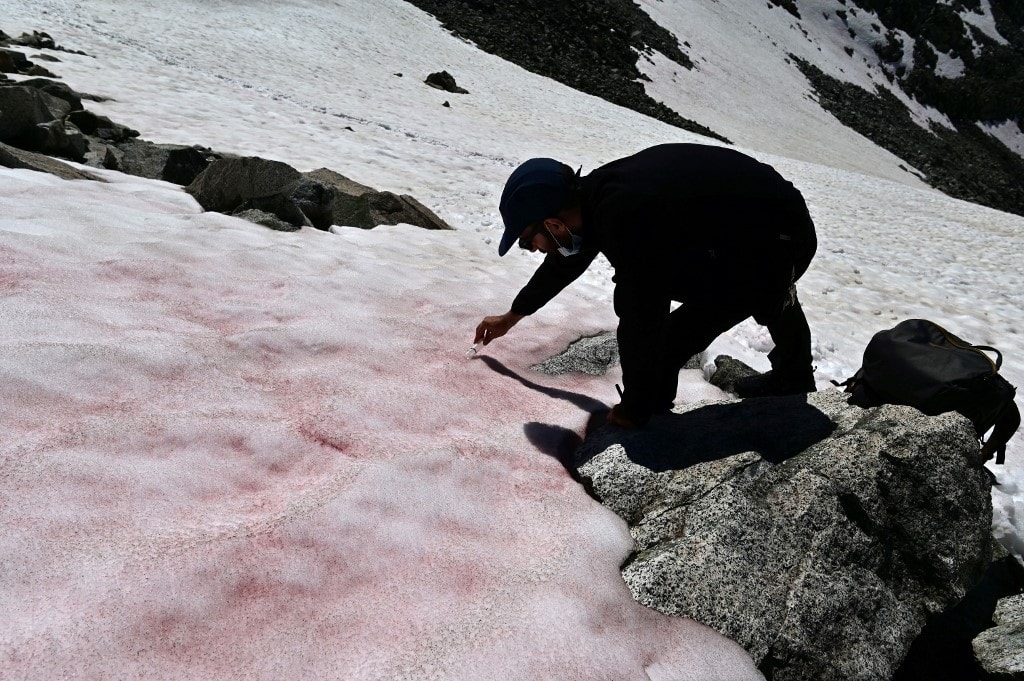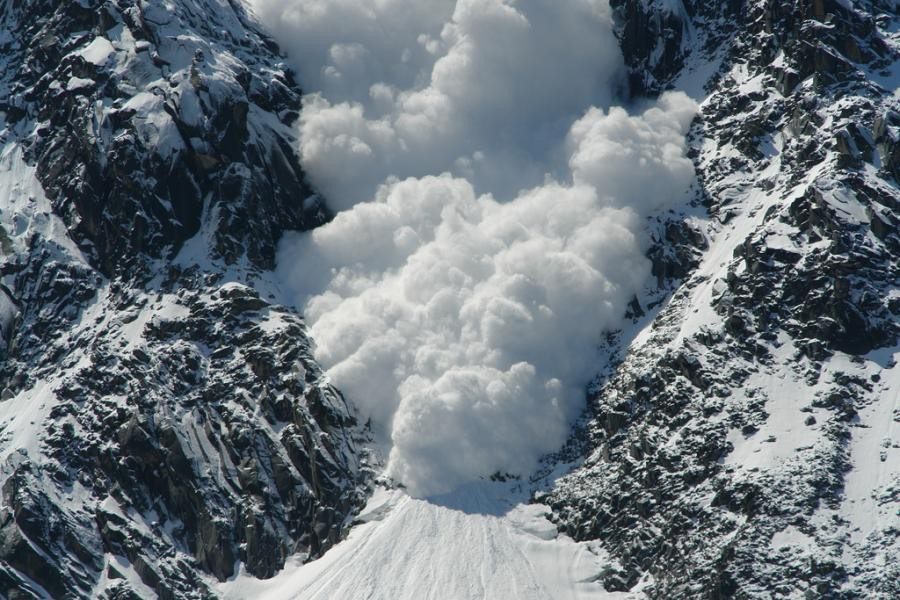Snow in the Italian Alps is turning pink due to algae that absorb sunlight and increase the risk of ice melting. A group of Italian scientists analyzed the mysterious phenomenon of pink color on glacial ice in the Alps, probably caused by algae that would accelerate the effect of climate change.
The origin of the algae is controversial, but the pink color of the snow, seen in sections of the Presena glacier, is likely caused by the same plant discovered in Greenland, according to National Research Center member Biagio Di Mauro. The most abundant species identified in different glaciers are Ancyonema Nordenskioldii and they are predominant in Svalbard, the Arctic in Sweden, and the Greenland ice sheet.

“The algae considered responsible for the phenomenon is not dangerous, and its presence – to a lesser extent – is a phenomenon natural that occurs during spring and summer in the middle latitudes, but also in the poles”
– Researcher Biagio Di Mauro, who had previously studied the algae at the Morteratsch glacier in Switzelard.
Ice normally reflects more than 80% of solar radiation into the atmosphere. But algae darkens the snow, which absorbs more heat and melts faster. More and more algae appear as the snow melts rapidly, giving the white ice of the Gavia Pass a red tint, at 8,589-feet (2,618 meters) above sea level.

This leads to snow melting at a faster rate than usual, a process that exacerbates the effects of warmer temperatures caused by greenhouse gases. This kind of phenomenon shows us that climate change is increasing significantly.
“We are trying to quantify the effect of other phenomena besides the human one on the overheating of the Earth”
– Said Biagio Di Mauro, noting that the presence of hikers and ski lifts could also have an impact on the algae.





